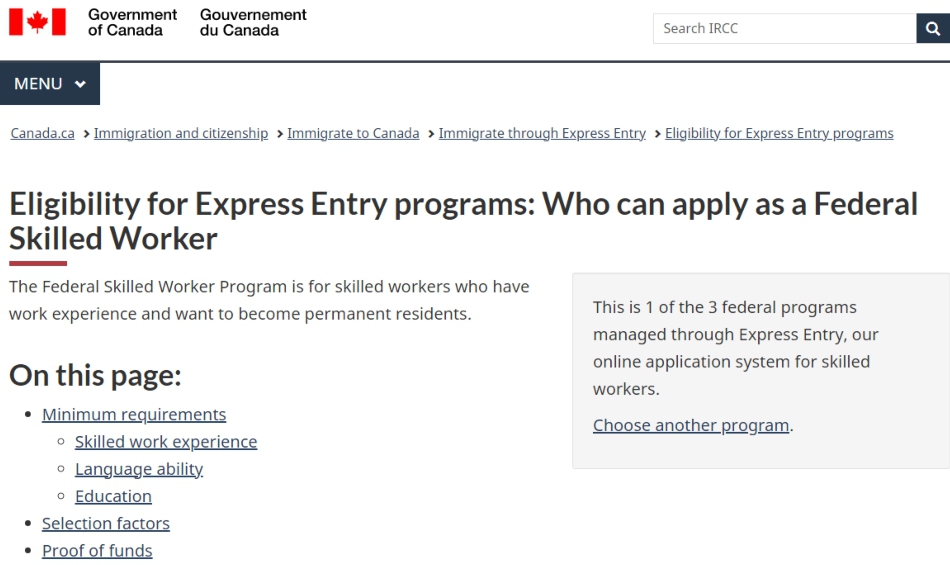Canada just announced new immigration changes for 2025, and I’m here to break down what this means for you. If you’ve been planning to move, these updates could make the process easier and faster. With lower CRS score requirements, category-based draws, and new work permit options, skilled workers in healthcare, tech, and other in-demand fields now have a better chance of securing permanent residency. I’ll walk you through these changes and how you can take advantage of them. If moving to Canada is your goal, now is the time to act.
Key Immigration Changes for 2025
Canada has introduced new immigration policies to attract skilled workers, fill labor shortages, and speed up processing times. These changes create better opportunities for those looking to work and settle in Canada.

- Targeted Express Entry Draws: Instead of general draws, Canada now prioritizes applicants in key industries like healthcare, tech, and skilled trades. If your job is in demand, you have a higher chance of selection.
- Lower CRS Score Requirements: Workers in high-demand fields can qualify for permanent residency with a lower Comprehensive Ranking System (CRS) score, making it easier to get an Invitation to Apply (ITA).
- Faster Processing Times: Express Entry and Provincial Nominee Program (PNP) applications now move quicker, reducing long wait times and helping skilled workers settle in Canada faster.
- Expanded Work Permit Options: Certain skilled professionals can now apply for a work permit without a job offer, allowing easier entry into Canada’s workforce.
- More Provincial Nominations: Canada’s provinces are adjusting their selection process to fill labor shortages, giving qualified workers an extra pathway to permanent residency.
Read: Canada Immigration Crisis Deepens: 3,300 Job Cuts Could Delay Applications for Thousands
Who Benefits from These Changes?
Canada is focusing on industries with urgent labor shortages. If you have experience in these fields, you have a stronger chance of selection:
- Healthcare: Doctors, nurses, pharmacists, paramedics, and lab technicians.
- Technology & IT: Software developers, cybersecurity experts, AI specialists, and data analysts.
- Engineering: Civil, mechanical, electrical, and software engineers.
- Skilled Trades: Electricians, welders, plumbers, and construction workers.
- Education: Early childhood educators and secondary school teachers.
- Finance & Business: Accountants, auditors, project managers, and financial analysts.
New Work Permit and Residency Pathways
Canada has also introduced new immigration programs to help skilled workers secure work permits and permanent residency faster:

- Occupation-Specific Work Permits: Some skilled professionals can now apply for a work permit without a job offer, making it easier to enter Canada.
- Provincial Nominee Programs (PNPs): More provinces are prioritizing skilled workers, making it faster to get nominated.
- Rural and Northern Immigration Pilot (RNIP): Smaller communities facing labor shortages are offering fast-track immigration options to skilled workers willing to settle there.
- International Student Pathway: Graduates from Canadian institutions in priority fields now have a direct route to permanent residency.
Read: How This Immigrant Got a High-Paying Job in Canada in 60 Days—And How You Can Too
How to Apply Under the New Rules
If you want to move to Canada under the updated immigration policies, follow these essential steps to increase your chances of success:

Update Your Express Entry Profile
Your Express Entry profile must be accurate and up to date. Make sure:
- Your work experience, education, and language test scores match the latest eligibility requirements.
- You include all relevant details to maximize your CRS score.
Take a Language Test (IELTS or CELPIP)
Your language proficiency score significantly affects your ranking. To improve your chances:
- Take IELTS or CELPIP early to ensure you meet the required minimum scores.
- Consider retaking the test if your score is low, as higher scores boost your CRS points.
Get an Educational Credential Assessment (ECA)
If you studied outside Canada, your credentials must be verified to meet Canadian standards.
- Choose an IRCC-approved assessment organization.
- Submit your transcripts early, as ECA processing times vary.
Apply for a Provincial Nomination (PNP)
A provincial nomination gives you an extra 600 CRS points, almost guaranteeing an Invitation to Apply (ITA).
- Research which PNPs align with your skills and work experience.
- Submit your application early, as some provinces have limited spots.
Check for Work Permit Options
If your job is in demand, you may qualify for a work permit without a job offer.
- Look into occupation-specific work permits that allow faster entry into Canada.
- Apply as soon as you meet the eligibility requirements.
Stay Updated on Immigration News
Immigration policies change frequently, so staying informed can help you apply at the right time.
- Follow official IRCC updates and trusted immigration sources.
- Watch for announcements on new pathways and rule changes.
Read: How This Family Saved Thousands by Choosing the Right City to Live in Canada
Common Mistakes That Could Hurt Your Application
Even strong applicants get rejected due to simple mistakes. Avoid these common errors:
Not Meeting Language Requirements
- Low IELTS or CELPIP scores can reduce your CRS ranking.
- Take enough time to prepare, practice, and aim for a higher score.
Incomplete or Incorrect Documents
- Missing information or incorrect details can delay or reject your application.
- Double-check all forms and supporting documents before submitting.
Ignoring Provincial Nominee Programs (PNPs)
- Many applicants focus only on Express Entry, missing out on PNP opportunities.
- PNPs provide extra points and increase your chances of selection.
Not Updating Your Express Entry Profile
- Failing to update new qualifications, work experience, or language scores lowers your ranking.
- Regularly check and update your profile to stay competitive.
Canada’s 2025 immigration changes make it easier for skilled workers to move, work, and settle permanently. If your occupation is in demand, now is the time to apply. By understanding the new rules, preparing your application correctly, and avoiding common mistakes, you can improve your chances of successfully immigrating to Canada.
Take the time to research your best immigration pathway, whether through Express Entry, a Provincial Nominee Program, or a work permit. Stay updated on policy changes, gather the required documents, and ensure your application is complete. With the right approach and careful planning, you can start a new chapter in Canada with better career opportunities and long-term stability.


